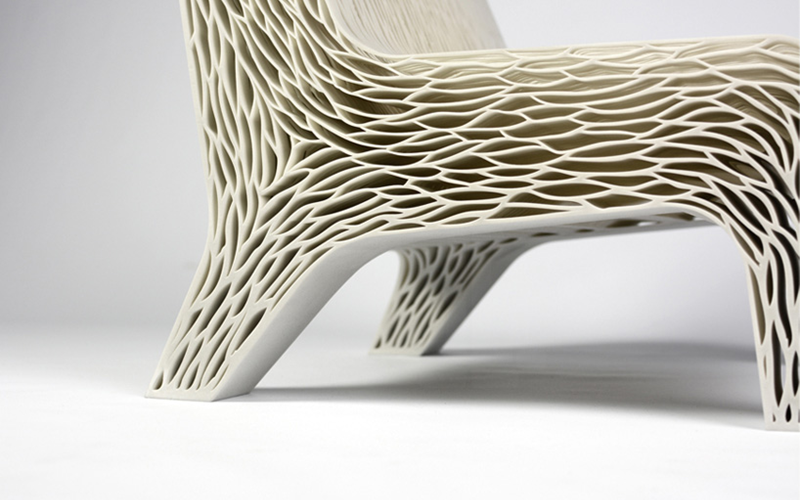
Self-Cleaning Lotus Leaf - Sites at Penn State
Nature has continued to be ignored long after the alarm has been raised on the level of all forms of pollution; air, soil, and water. Natural reserves of resources also continue to be depleted at the expense of global ecosystems. Emulating nature itself in the design of products; a practice referred to as biomimicry, may just be the most successful approach towards improving our current environmental situation while delivering better performing solutions.
Nature is indeed the greatest product designer, for the 3.8 billions of years of life on our planet, it has been creating and continually improving elegant solutions through evolution. Have you ever wondered how leaves keep clean? The lotus leaf grows in muddy areas yet it stays pristine. It achieves this through a textured surface that lifts dirt particles to be easily washed away by rainwater. This is now being applied in the development of paints for buildings and design of textiles to reduce the need of cleaning detergents of which contribute significantly to water pollution.

'Biomimicry' 3D Printed Soft Seat - Lilian van Daal
In the furniture industry, production is labour intensive and the products are typically constructed of different materials that are rarely recyclable. Through biomimicry, better furniture can be designed and manufactured as the industrial designer Lilian van Daal has done with the 3D-Printed Soft Seat plainly named “Biomimicry”. Van Daal has emulated the cellular structure in plants to design a chair with multiple qualities in a single form including; a strong framework, good ventilation, and comfortable support. The chair is 3D Printed in Polyamide, which can be obtained from recycling various products such as fishing nets and carpets. Being of a single material, the chair too can be recycled.
Beyond environmental pollution, traditional engineering solutions have also occasionally had immediate negative effects in society. The 1989 Japanese bullet train Shinkansen was a great feat in design and technology topping speeds of 270 km/h. It, however, caused great disruptions in residential areas by producing a sonic boom when it exited tunnels. The breakthrough solution came from a member of an engineering consultancy who happened to be a birdwatcher. The engineering team ended up studying various birds and emulating their physiology, most prominently the Kingfisher's beak, to achieve a quieter yet faster and more efficient train.
If you seek a better performing and less wasteful product, you should ask how nature does it. Greater consideration of the environment and increased emulation of its systems and methods will have a positive impact both for consumers and your business. Get in touch with us at 03 9939 8880 or hello@honepd.com, or visit our design studio in Melbourne to learn how we can help you design and develop a product that is of greater quality, improved efficiency, and that integrates well with the natural ecosystem.